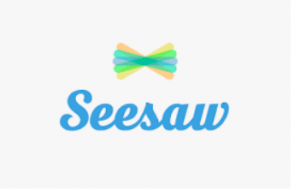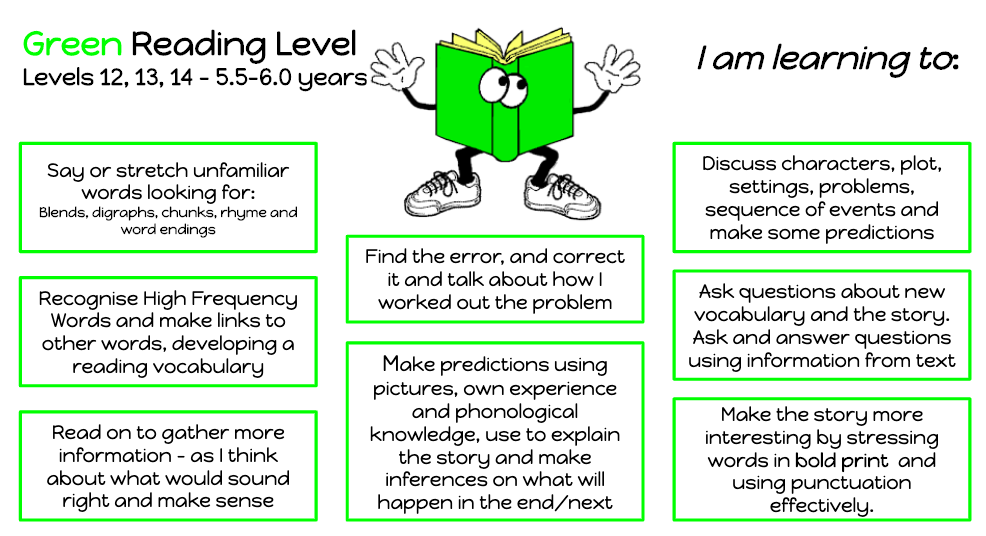3 March 2021
On the 5th February teacher only day this year, the Otaika Valley School teachers worked together on a review of our reporting process. The work behind this started at the end of 2020 and was included in our annual plan for this year. Our strategic initiative is ‘To consult with staff, community and students on how to report learning progress and achievement’. Our staff and Board of Trustees agreed that to consult students/parents we need to give examples and explanations through a trial of changes during Term 1 and 2, so that consultation is based on examples and is informed.
In summary, based on our professional readings around school student reporting approaches and teacher critique of Otaika Valley student reporting processes, the following points stood out.
Teachers’ think – What doesn’t work?
- reports are out of date by 7 weeks by the time assessments are completed, reports written and the principal checks them and writes a comment
- Can be over 1 hour to write the reports x 20 to 30 students – this reduces the time teachers can plan for student class learning during traditional assessment/report writing timelines (7 weeks) – this doesn’t involve assessment, marking, analysing, which is done prior to writing reports
- Parents get a report mid year and a follow up parent teacher interview to discuss out of date information
- Parents have a conversation mid year about their child’s progress/achievement
Rationale for change…
- Many schools are moving towards ‘Real Time Reporting’ where parents are getting regular updates on learning that is happening in the classroom
- To make sure information about a student’s progress and achievement is in “real time”.
- To report across the curriculum throughout the year so that parents are informed about student learning successes/struggles
- To give parents support helping their child learn
- To encourage staff, students and parents to have more of a ‘voice’ about the teaching and learning in our school.
- Allows for many more learning conversations with families
- To modify mid year written reports and take out information that has been shared throughout Term 1 & 2.
How we will do this…

During Covid home learning our teachers and community had a crash course on using Seesaw as a tool to communicate from school to home/home to school. This was a positive gain during this time in Seesaw use. Seesaw is being used in many schools very successfully.
- Seesaw, which is a programme/app that can be used on most devices, will be used as our real-time learning tool to support a shortened written report
- Teachers have started identifying activities, learning situations, learning processes and assessments that we use regularly at school. Instead of this information sitting in the teachers planning or communicated in brief twice per year in an out-of-date written report, we will share it with parents.
What you will see shared
Staff will continue to build on what will be shared with home. Some of the information will be…
- For example the junior/middle teachers will start sharing the reading indicators (those little levelled reading books that come home) to seesaw to show individual needs – describes what they are working on at school – possible comment on the bottom if needed. These reading indicator sheets will show parents the students’ reading age. If parents are concerned about reading progress they can contact the teacher to find out what they can do to support.

- A selection of activities will be used to show where a child is at for their age, so that parents can see how their child is progressing (Achievement level communicates age expectation).
- A selection of activities will be for showing parents how we do things (the process for student learning) at school, e.g reading/spelling, so that parents can help in the same way at home. A really good example of this recently was Anna Keogh in R1 sharing a video of a child reading a school reader, which showed the parents how the teacher taught the reading. Finger pointing/fixing mistakes/re-running or starting again/using the pictures as clues/how to question the student. The parents comment back was they now knew to slow down the reading when helping at home. All the teacher had to do was video her reading session with the student and post it. This was really powerful ‘real time reporting’ that helped the child/parent/teacher. This is an example of one type of reading activity that could be used this year (remembering that it is a trial).
- Examples of researched child feedback on Seesaw, ‘They can see on Seesaw and help me at home. They don’t have to wait until the end of term to see that I might be struggling (aged 11). ‘I get to share what I want to share and Mum can send me a message about how hard I worked (aged 5).’
What can parents expect to happen?
- Teachers will start posting some school wide information like the junior/middle school reading levels with indicator sheet
- Teachers will also post information that will inform parents on what their child is doing, but will not always show the age expectation
- Some activities will show the process of learning not the completed work e.g video of teacher reading with child
Teachers are working to support each other learning how to share some of their usual teaching in Seesaw. This is a trial so we will make some mistakes.
Our test will be…
- Does it help the child?
- Does it help the teacher?
- Does it help the parent?
If it doesn’t do all three we will not do it.
Regards
Terry
